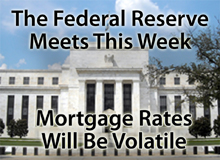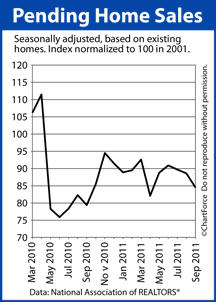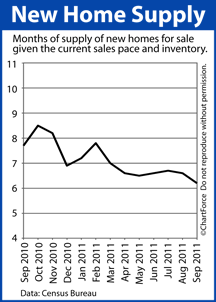 Mortgage markets moved across a wide range last week before, ultimately, finishing unchanged. The bailout of Greece both dominated headlines and dictated market direction.
Mortgage markets moved across a wide range last week before, ultimately, finishing unchanged. The bailout of Greece both dominated headlines and dictated market direction.
It was a wild ride for rate shoppers.
Early in the week, mortgage rates spiked. Eurozone leaders expressed optimism that a deal for Greece’s solvency would be made, rhetoric to which Wall Street responded selling mortgage bonds.
When markets closed Wednesday, conforming mortgage rates in Ohio were at their highest levels since September.
However, when markets opened Thursday, rates began to reverse lower. Investors deemed the details of the Greece fuzzy, and, once again, sought safety in the U.S. mortgage bond market.
As such, rates fell through Friday afternoon, closing the week precisely where they started.
This week’s market action figures to be similarly busy. In addition to Friday’s release of the October Non-Farm Payrolls data, the Federal Open Market Committee starts a 2-day meeting Tuesday.
It’s the FOMC’s 7th scheduled meeting of the year.
The FOMC is the Federal Reserve’s monetary policy-setting group. It does not set mortgage rates for citizens of Columbus , but it can exert an influence. For example, if the FOMC votes to increase the size of its Operation Twist, mortgage rates may respond favorably, causing rates to fall.
Conversely, if the FOMC scales back the size of its program because of inflationary concerns or otherwise, mortgage rates should rise.
The Federal Open Market Committee meeting ends at 2:15 PM ET Wednesday and mortgage rates are typically volatile in the hours surrounding the group’s adjournment. If you’re floating a mortgage rate or deciding whether to lock, keep this date and time in mind.
 Nationwide, fewer homes are going under contract to sell.
Nationwide, fewer homes are going under contract to sell. Home builders continue to sell homes and work through inventory.
Home builders continue to sell homes and work through inventory.